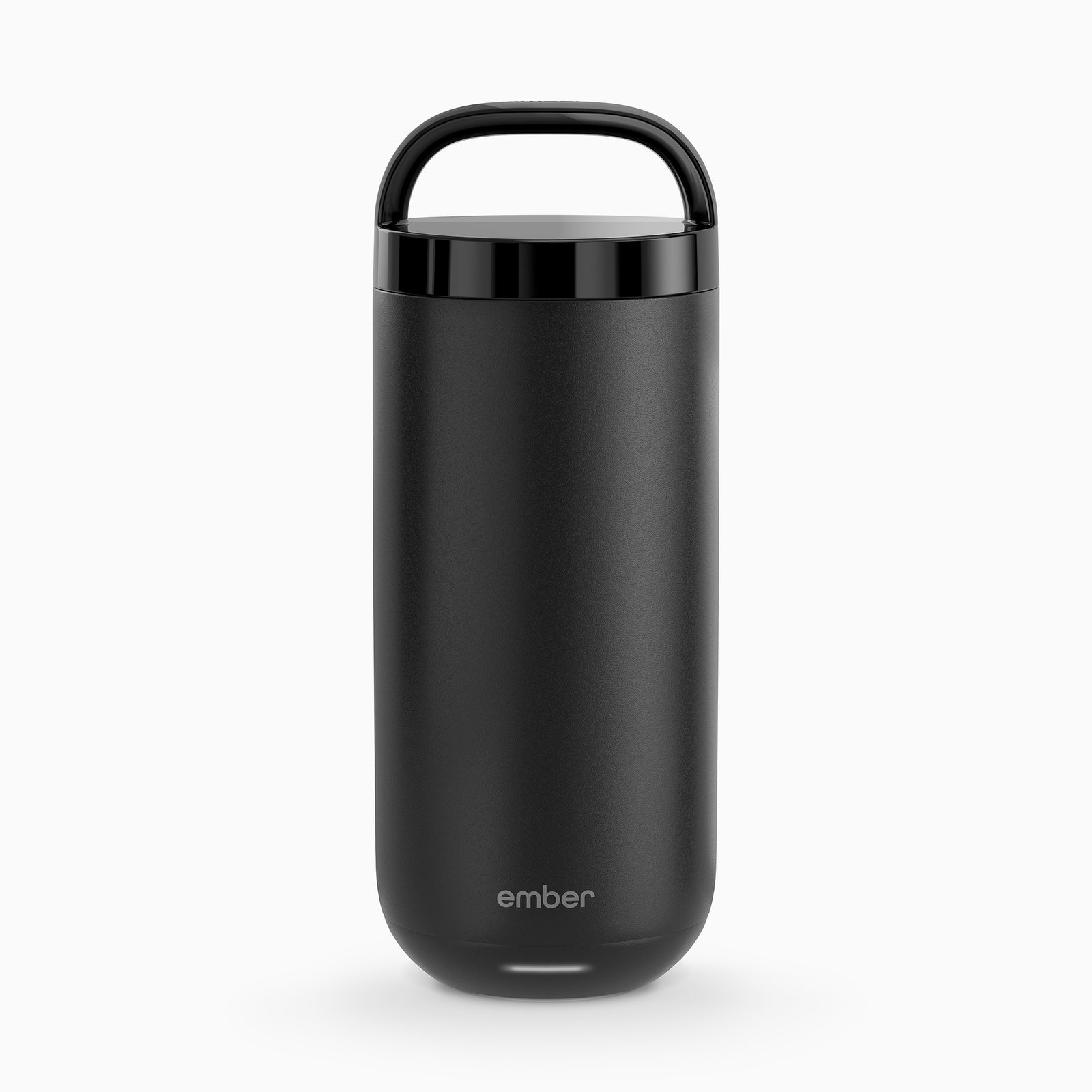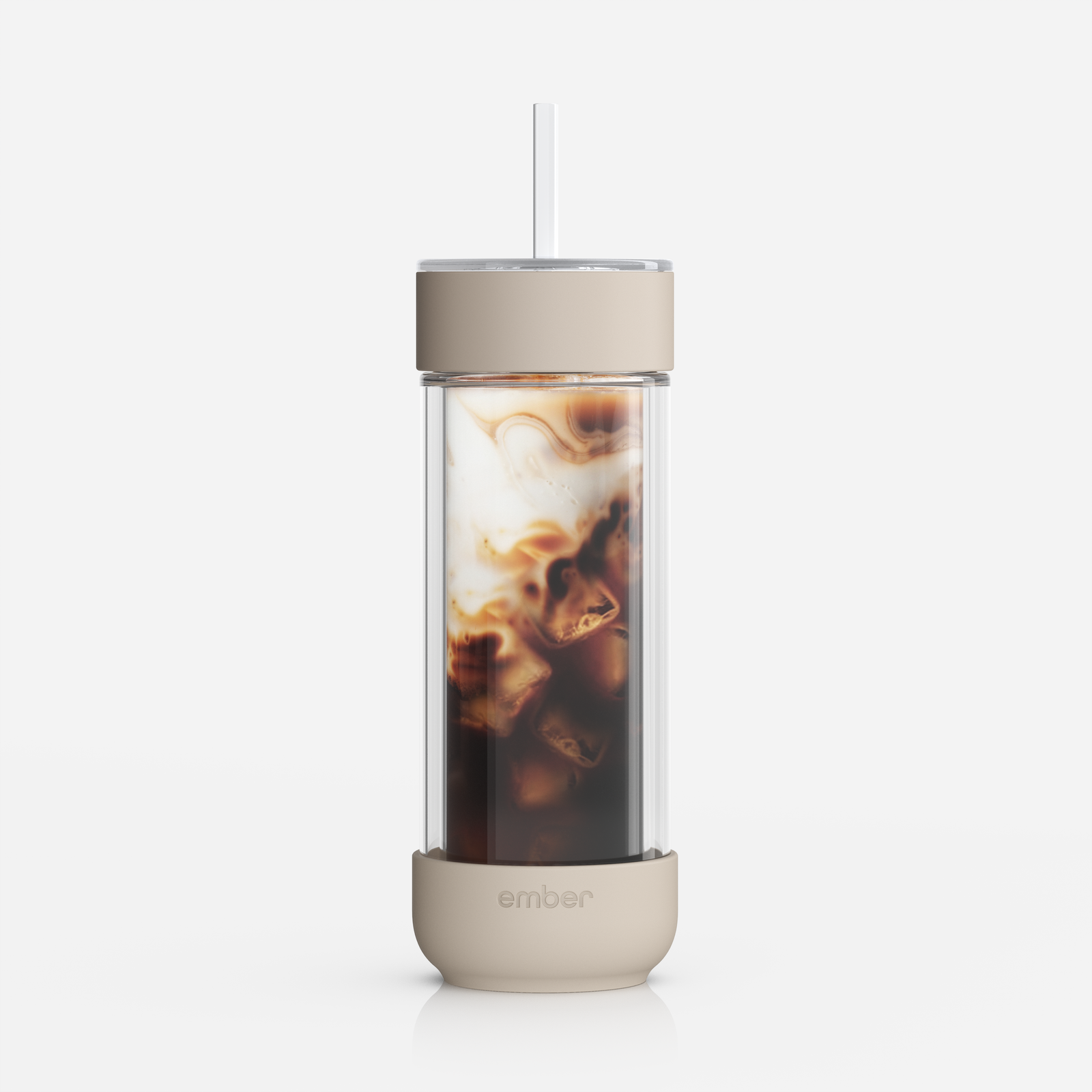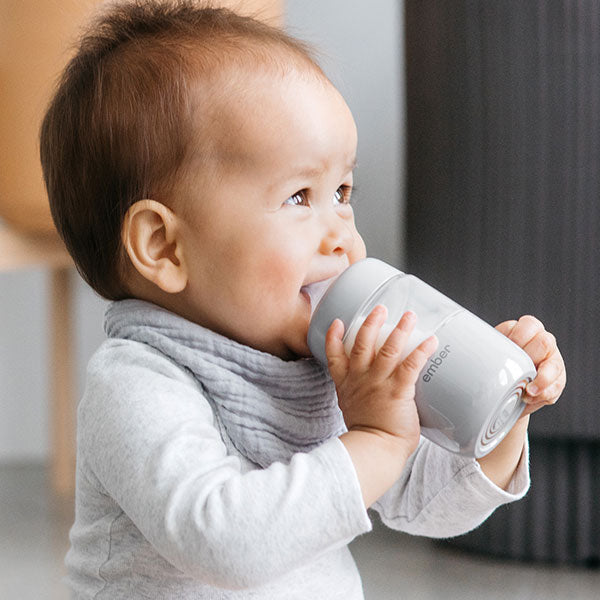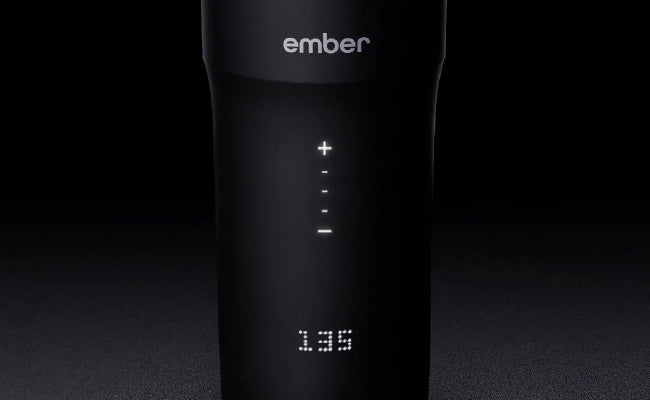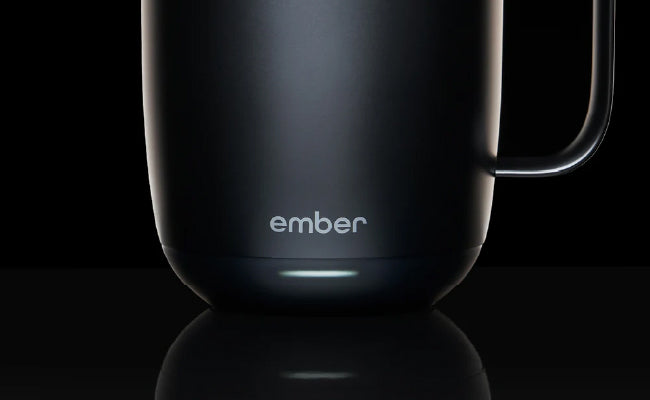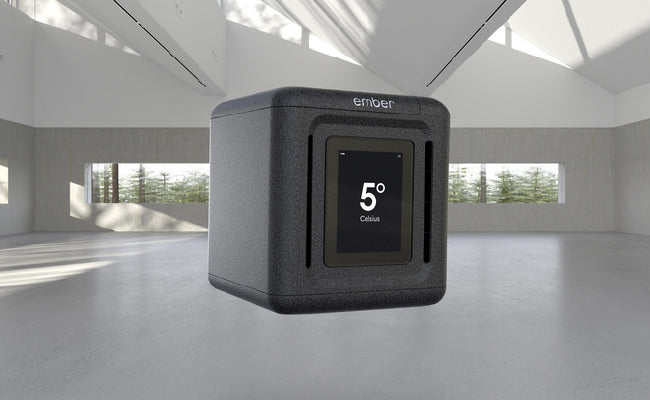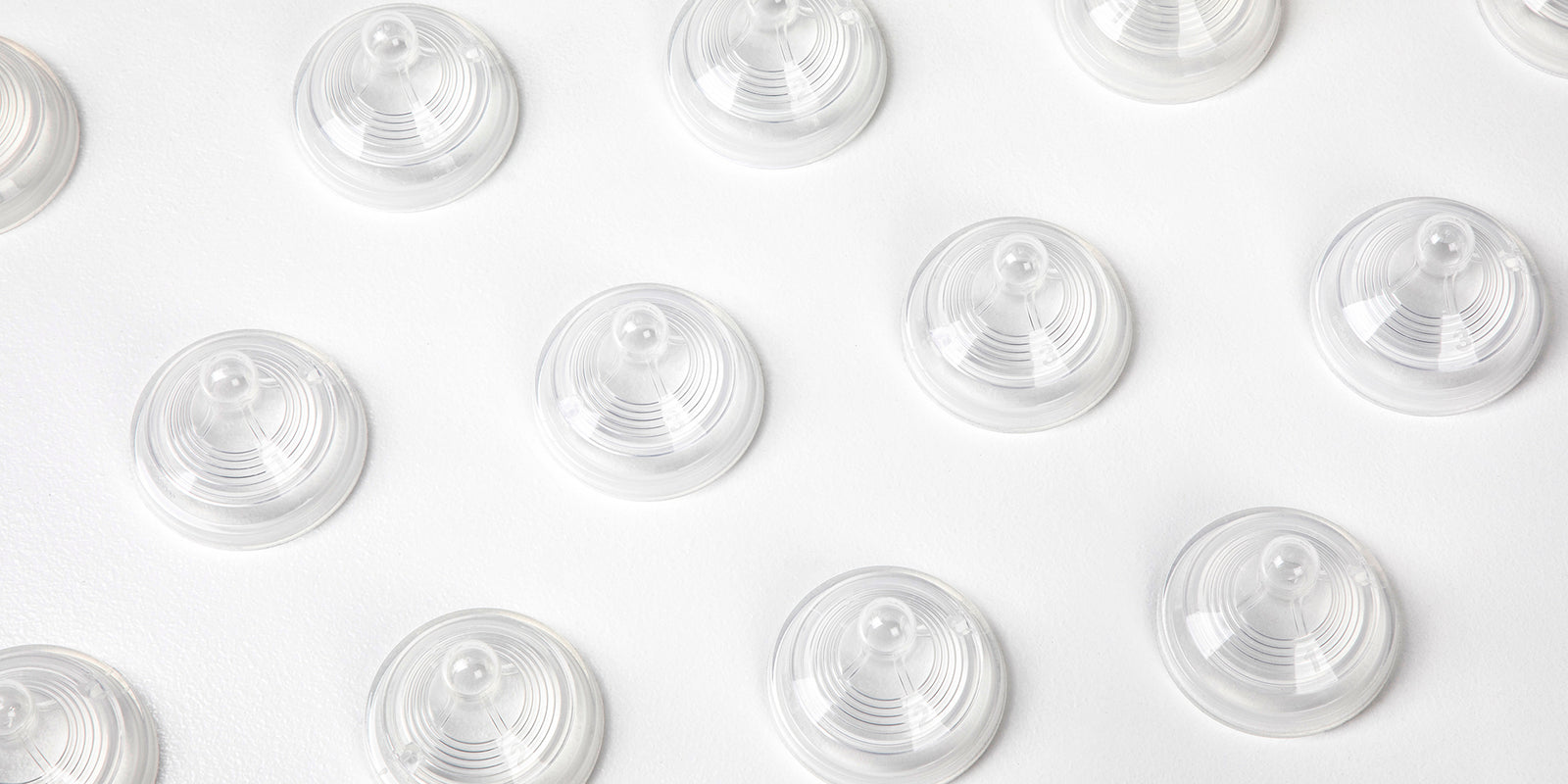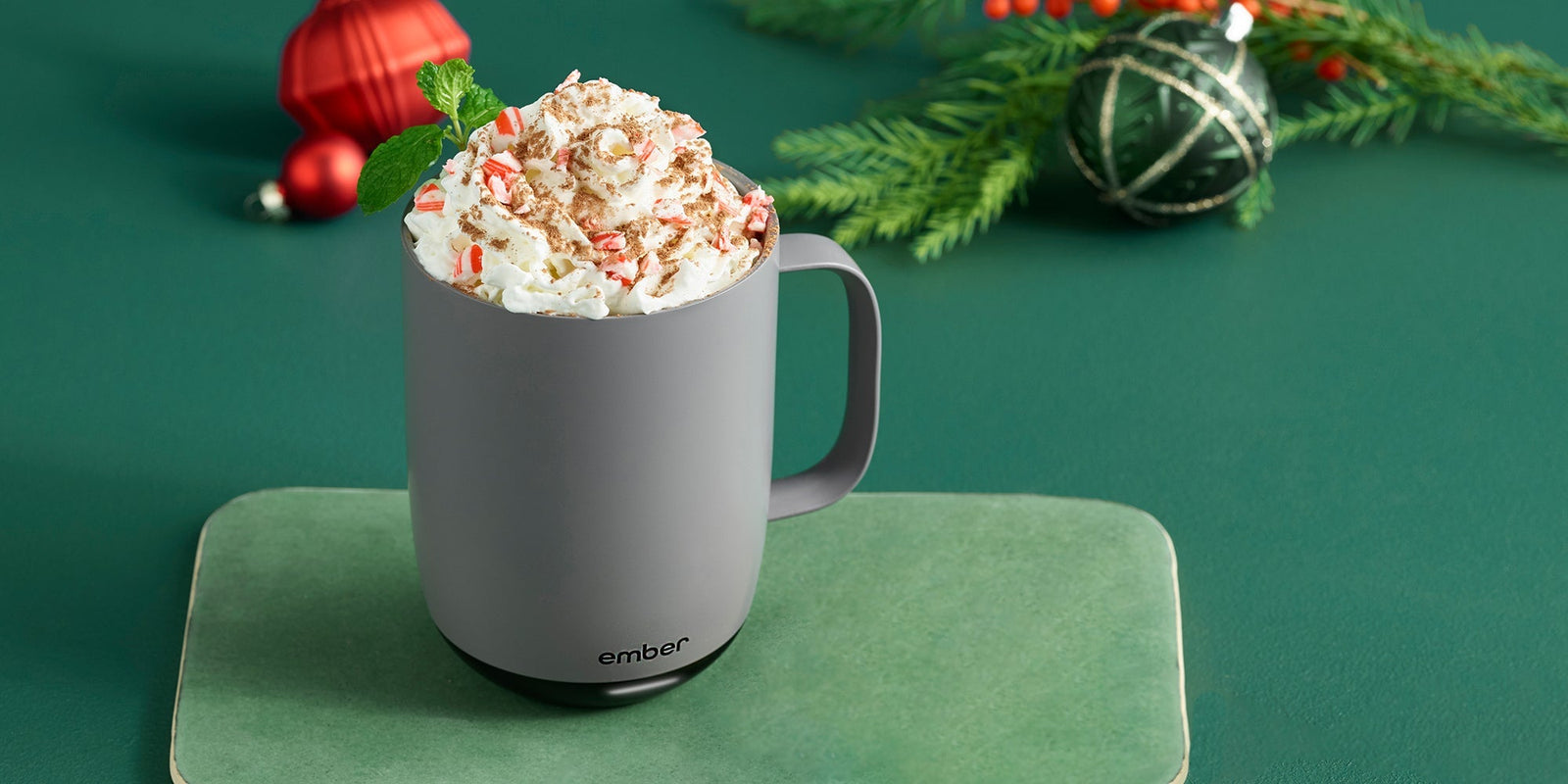
We can all see that as babies grow, they get bigger and stronger. As babies grow and get stronger, their sucking and feeding will become more efficient and usually that means they need a faster flow rate, or bigger nipple size. For a parent or caregiver feeding a growing baby, it's important to consider the nipple flow rate and stage of each nipple you choose to use. The nipple flow rate will make a difference, and the proper one will allow your baby to feed more efficiently.
Ensuring that you have multiple nipple sizes is often vital as the baby grows. For example, the Ember Baby Bottle System comes with three available nipple sizes. As your baby grows, the nipple size they use will likely also increase over time. Some signs to watch for, such as taking longer than usual to finish feeding, falling asleep during feeding, or becoming irritated while feeding, will help alert you that it's time to move up to the next nipple size. Identifying those and moving up will keep feedings going smoothly and ensure your baby gets enough to eat. A fourth nipple is available as an accessory if you find your baby needs to move up a further size.
Ember also includes nipple adaptorsfor Philips Avent™ Natural nipples and Dr. Brown’s™ Wide-Neck nipples, so you can use whichever you feel works best for your little one.
Here are some general guidelines regarding the difference between nipple flow levels, including which nipple is best for your baby and when to switch to a different size:
 |
Level 1Lower flow rate ideal for babies aged birth to three months.This is often the best option for babies supplementing breastfeeding with bottle feeding, as it is a slow flow nipple. However, once breastfeeding is well established, or if you are only bottle feeding, your baby may be ready for a Level 2 nipple as the next step. Other reasons to move up to a Level 2 nipple include if your baby is efficiently eating and the Level 1 nipple collapses while your baby sucks, that may be a sign that your baby needs the next size nipple. |
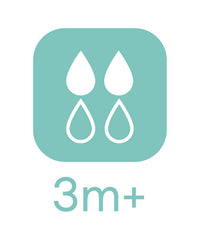 |
Level 2Medium-low flow rate is ideal for babies aged 3 months and over.This is the next option for your baby as they grow and develop and become more efficient feeders. Signs that your baby may be ready for a Level 2 nipple are if you notice the Level 1 nipple is collapsing with each suck, your baby is taking longer to feed, or pulls off and wiggles around trying to get more milk, then it may be time to try a Level 2 nipple. Another sign that a baby may need to advance nipple sizes if you hear smacking or clicking while your baby is bottle feeding. |
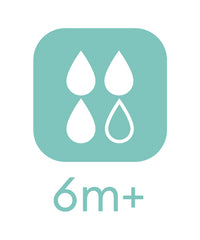 |
Level 3Medium-high flow rate ideal for babies aged 6 months and over.Around this time, your baby may start eating solid food, drink larger amounts in a shorter amount of time, suck more aggressively, and need to move up to a Level 3 nipple. Since many babies stay on this level longer, remember that all nipples generally last around 3 months, so be sure to replace them if they look worn out or cracked. Remember that if the nipple size is too fast, you may notice your baby gagging as they swallow too much milk, or more milk may run out the sides of their mouth and down their face. |
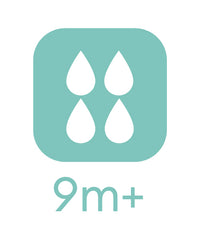 |
Level 4High flow rate that is ideal for babies aged 9 months and over.Make sure to follow your baby's direction and use the nipple size that seems to work best for them at this stage. While some infants stay with a size 3 nipple longer, others are ready for a high flow rate around this age and may need to move to Level 4. At this age, babies may also start chewing, teething, or gnawing at the nipple, so watch for the need to replace it, even if not changing sizes. |
As parents and caregivers, we want to make feeding babies a special time and a positive experience. The more we know how to do that, the better we will be able to provide the nurturing care that will help babies thrive for years to come.
For all ages, nipple levels, and stages, if you have questions about your baby's feeding or what supplies to use, please consult your pediatrician, lactation or feeding specialist, or newborn care consultant.

Written by
Dr. Tanya Altmann, MD, FAAP
Dr. Tanya Altmann, a nationally recognized pediatrician, mom, and best-selling author, is partnering with Ember to bring you advice on all things parenthood.


